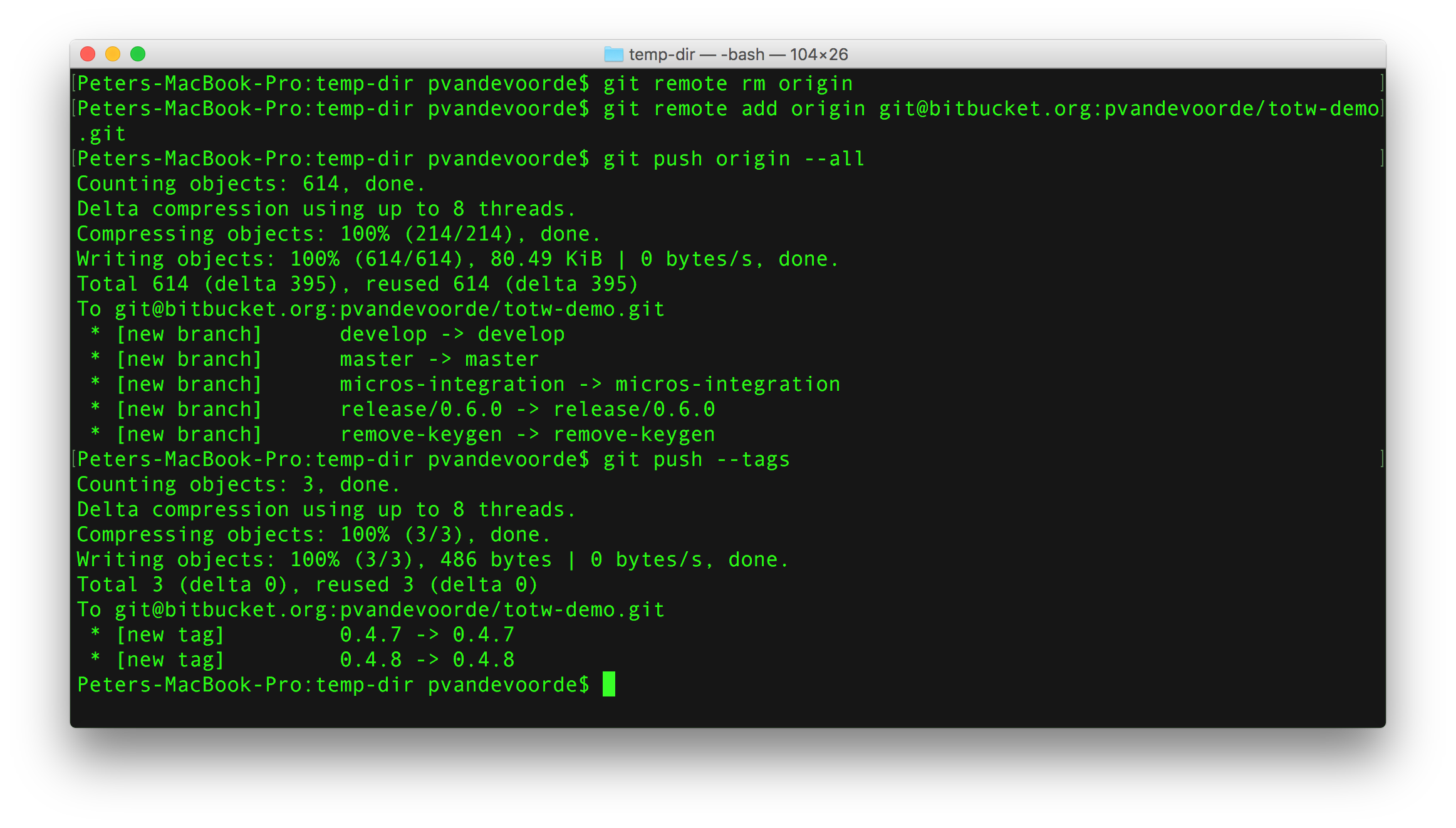

(venv) \path\to\project\Example>git add README.md Initialized empty Git repository in \path\to\project\Example/.git/ Now, let’s see what happens when we try that: (venv) \path\to\project\Example>git init

Below are the official Github instructions for adding an existing project to an empty repository: git remote add origin Pushing an existing project folder where version control is already in place doesn’t always work when following Github’s official instructions. Git push -u origin main Option 2: Push an Existing Repository via Command Line Github’s instructions for pushing an existing project to an empty repository fall short and throw an error.
Git add remote and init code#
Here’s the code provided by Github per the new repo screen: echo "# example" > README.md Note: creating the README.md file is optional but the git init command is essential. This can be achieved by following the instructions provided by Github. Github’s instructions work perfectly-for those creating a new project folder without existing version control. Option 1: Push a Newly-Created Project Folder Creating a new project and following Github’s instructions works out as expected. The first one works as expected but Github’s instructions for the second can cause issues. This requirement can be satisfied either by creating a new project (Option 1) or by pushing an existing project (Option 2). It should go without saying you need to have an existing project before attempting to add something to Github. Let’s see what our newly-minted Github repository looks like.
Git add remote and init how to#
In this article, you’ll learn how to quickly initialize a local project folder for versioning via git, create an empty repo on Github, and then push your local project to that repo. Adding A Local Project to an Empty Github Repository The main argument represents the new default branch name (updated from master in most cases.) This will avoid pushing a second master branch to new empty Github repos with an empty main default branch. To reconfigure one’s local GIT software’s default branch name use the following command: GIT may not reflect this change when creating local projects first. A previous version of this article described pushing things to master but has been updated to reflect the change. git initĢ022 Update: Github has changed the name of the default branch from master to main. Note: this will delete anything currently in the remote repo. The following code will ensure your local project makes it to the remote repo every time. TL DR – Github’s instructions for adding a local project to an empty repo don’t always work out as expected. Unfortunately, the instructions offered by Github on an empty repo’s URL don’t always work out smoothly. This is a useful workflow for local projects in need of remote versioning. NOTE that this operation erases the tracking remote as well from the remote repository.Adding a local project to an empty repository on Github is an easy process. Remote m_remote has been erased from the list of remotes as displayed in the above output.

In this example, we will remove remote m_remote from the active repo r emote-add-demo as follows: $ git remote remove m_remote To erase a remote you will use the git remote remove or git remote rm command.įirst, let's display the remotes as shown below: $ git remote -v Myremote remote has two remote branches master and mybranch tracking their local counterparts master and mybranch. The above output details the commits history of the remote myremote. To put it into practice, let's apply the git remote show command on remote myremote in the local project remote-add-demo. In case you want more details about a specific remote run the git remote show command. In such instances, you will need to fetch upstream changes to merge into yours before pushing again. That is especially if the teammate pushes the changes earlier than you. You may experience an error or rejection if you and another team member ran the cloning at the same time.


 0 kommentar(er)
0 kommentar(er)
